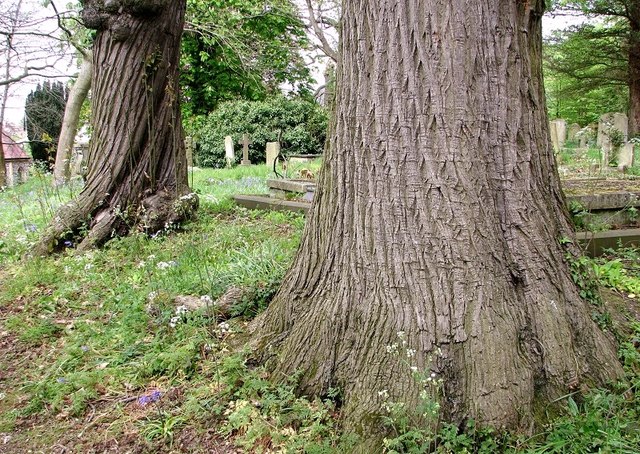Sweet Chestnut (Castanea sativa)
The Sweet Chestnut (Castanea sativa) is a large deciduous tree native to southern Europe, western Asia, and parts of North Africa. Known for its impressive size and longevity, this tree can grow up to 100 feet (30 meters) tall with a trunk diameter of over 6 feet (1.8 meters). Its crown is broad and spreading, providing dense shade with its large, serrated leaves that measure 6 to 9 inches (15 to 23 cm) in length. These leaves turn yellow or brown in autumn before falling.
The tree produces long catkins in late spring to early summer, which contain both male and female flowers. By autumn, the tree bears edible nuts enclosed in spiny husks called burrs. These nuts, known as chestnuts, have been a significant food source for humans and animals for centuries. They are used in various culinary dishes, particularly in Europe, and are roasted, boiled, or ground into flour.
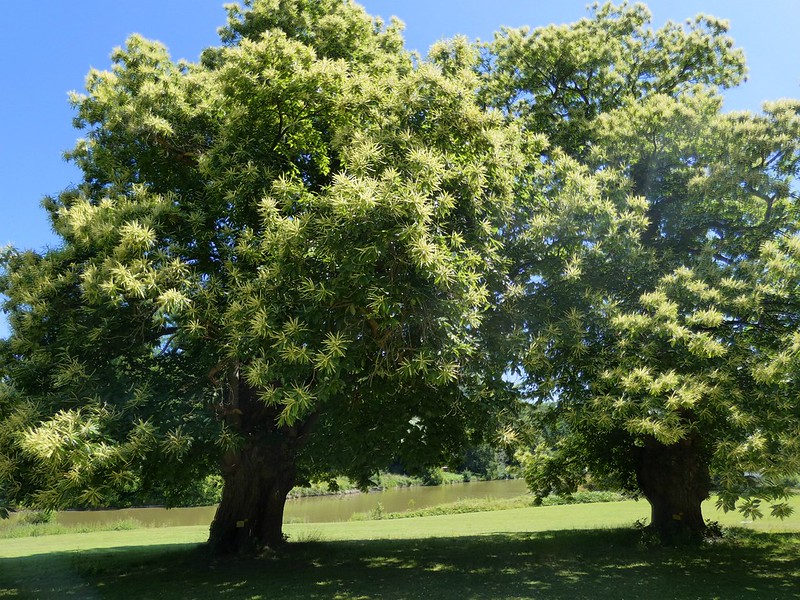
photo by Linda De Volder
Sweet Chestnut trees thrive in well-drained, slightly acidic soils and prefer full sun to partial shade. They grow best in temperate climates and can tolerate a wide range of conditions, including drought, although they perform best with consistent moisture. The tree is also known for its resilience and ability to live for several centuries, with some specimens over a thousand years old.
The timber from Sweet Chestnut is highly valued for its durability and resistance to decay. It is commonly used in construction, furniture making, and fencing. Additionally, the tree plays an essential ecological role by providing food and habitat for various species of wildlife, including birds, insects, and mammals. The Sweet Chestnut has cultural and historical significance in many regions, symbolizing strength and endurance.
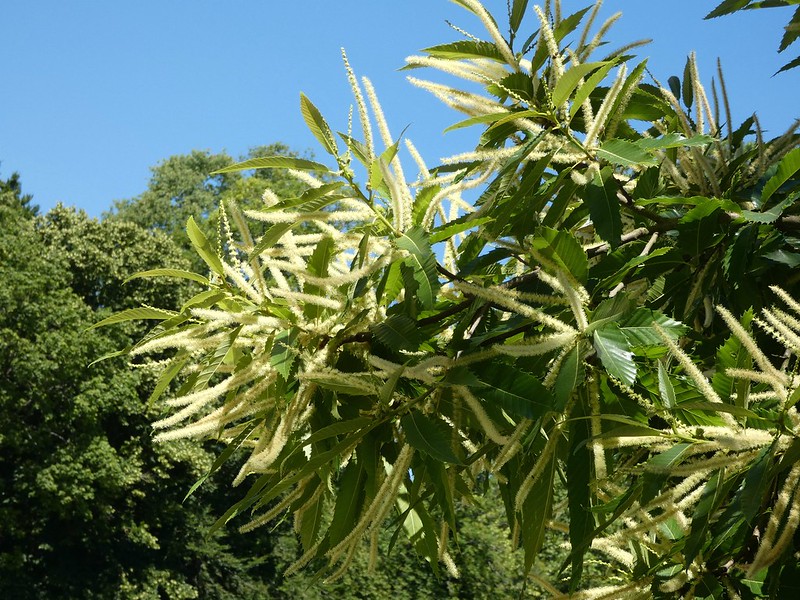
photo by Linda De Volder
Scientific Classification of Sweet Chestnut
| Kingdom | Plantae |
| Clade | Angiosperms |
| Clade | Eudicots |
| Order | Fagales |
| Family | Fagaceae |
| Genus | Castanea |
| Scientific Name | Castanea sativa |
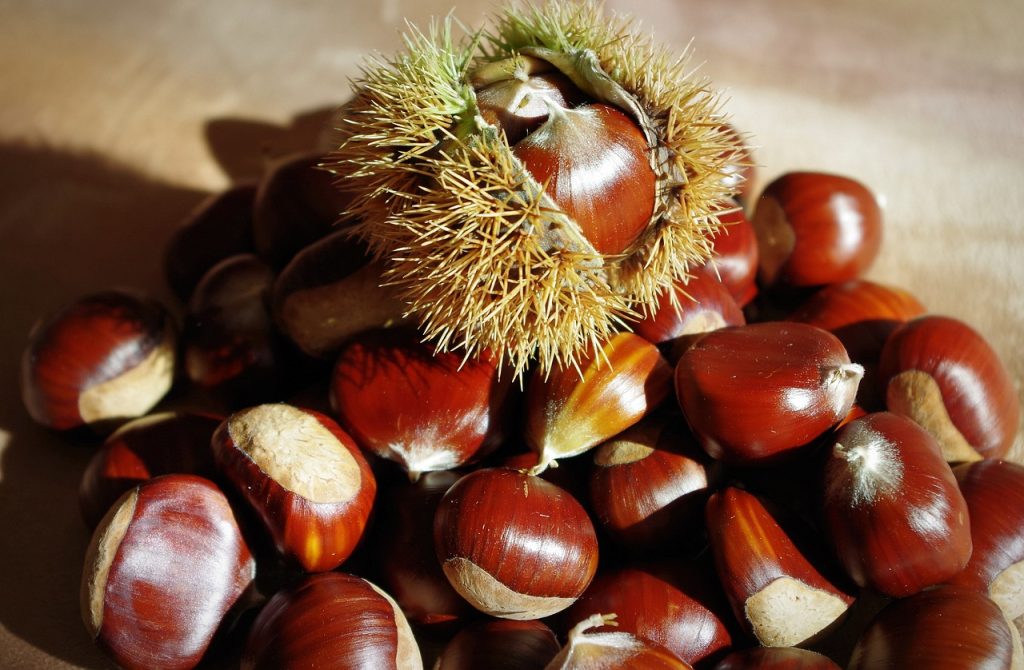
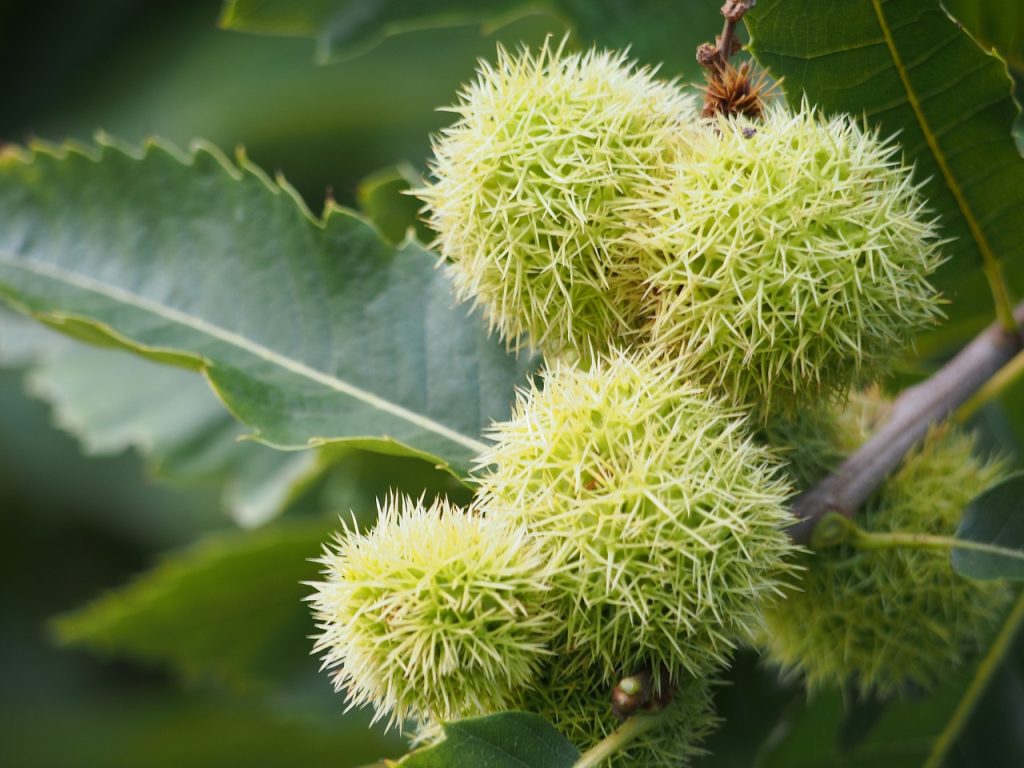
Quick Information
| Plant Type | Deciduous tree |
| Identification | Height: Typically 60 to 100 feet (18 to 30 meters) tall Leaves: Large, serrated, 6-9 inches (15-23 cm) long, turning yellow or brown in autumn Stem: Thick trunk, over 6 feet (1.8 meters) in diameter Flowers: Long catkins containing both male and female flowers Roots: Deep and extensive root system Growth Habit: Broad, spreading crown Crown: Dense and rounded |
| Distribution | Native to southern Europe, western Asia, and parts of North Africa |
| Habitat | Grows in well-drained, slightly acidic soils; commonly found in temperate woodlands and mountainous regions |
| USDA Hardiness Zone | 5 through 9 |
| Growth Rate | Moderate; typically grows about 12-24 inches (30-60 cm) per year |
| Lifespan | Long-lived; some trees can live for over 1,000 years |
| Growing Conditions | Sunlight: Full sun to partial shade Soil: Prefers well-drained, slightly acidic soils Water: Drought-tolerant but thrives with consistent moisture |
| Drought Tolerance | Moderate; prefers consistent moisture but can tolerate dry periods |
| Diseases | Susceptible to chestnut blight, root rot, and leaf spot diseases |
| Pests | Aphids, weevils, and caterpillars |
| Reproductive System | Monoecious; produces both male and female flowers |
| Propagation | Through seeds (nuts) or grafting |
| Wildlife Value | Provides food (nuts) and habitat for birds, insects, and mammals |
| Uses | Timber for construction and furniture, edible chestnuts for culinary purposes, cultural and historical significance |
| IUCN Conservation Status | Not currently listed as threatened; widespread in its native range |
